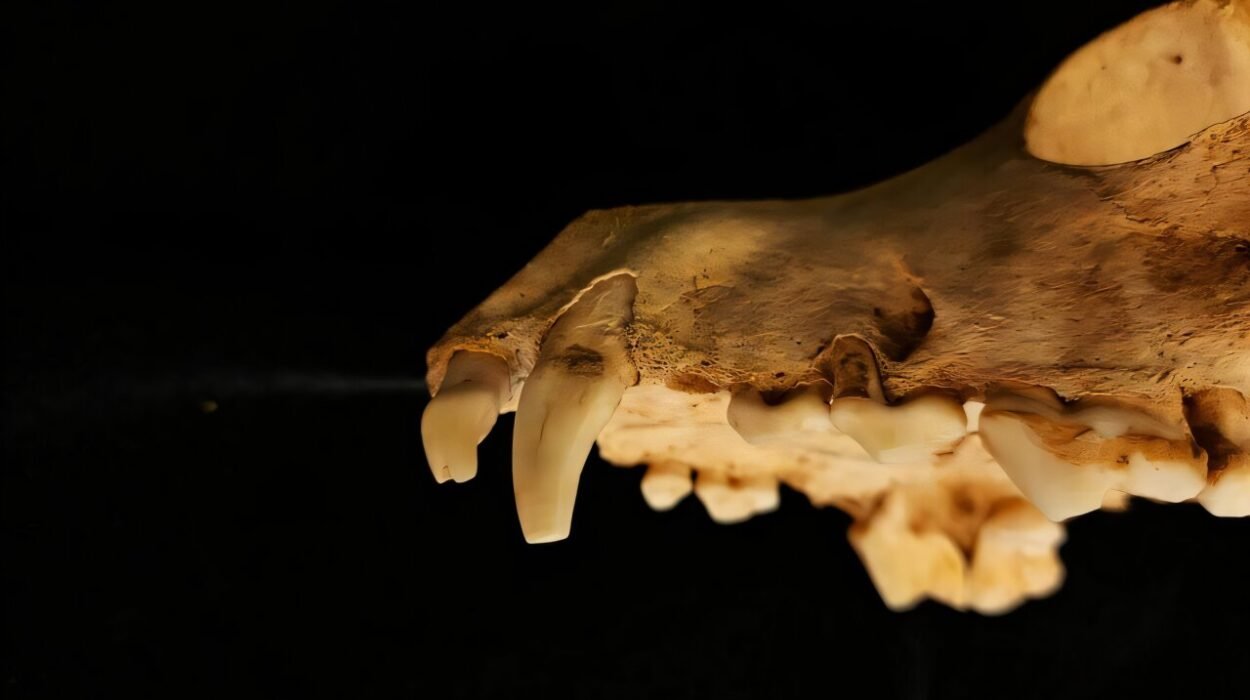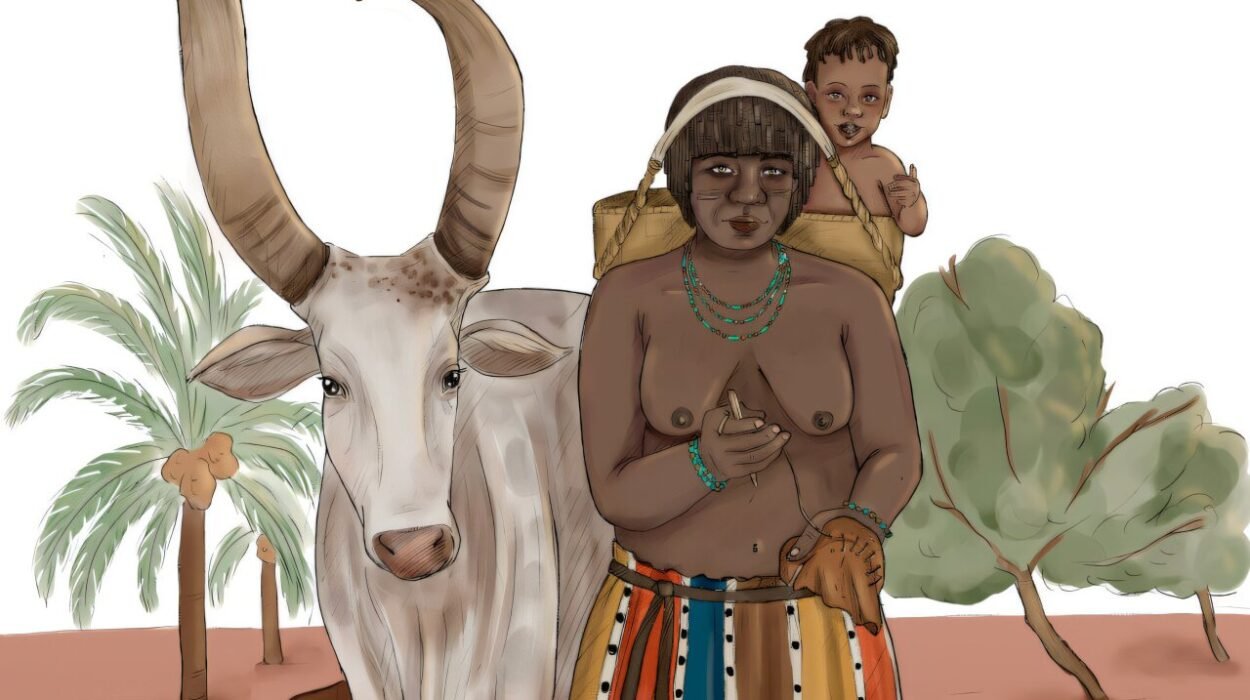In the late fourth century, Roman Britain faced one of the most harrowing challenges in its turbulent history. It wasn’t a single sword stroke or an overwhelming invasion that shattered the province’s stability, but a silent, creeping force—drought. Now, a Cambridge-led study published in Climatic Change adds compelling evidence that the root of the infamous “Barbarian Conspiracy” of 367 CE lay not merely in political decay or military overstretch but in an extraordinary sequence of environmental collapse. For three consecutive years, from 364 to 366 CE, southern Britain was gripped by brutal summer droughts. The results were catastrophic: famine, mutiny, and a collapsing frontier that invited the most coordinated barbarian assault since the days of Boudicca.
The “Barbarian Conspiracy”—or barbarica conspiratio as the Romans would call it—was a synchronized offensive by various tribal groups: the Picts from what is now Scotland, the Scotti from Ireland, and the Saxons from the European continent. Like wolves circling a wounded animal, these groups sensed a rare vulnerability in the Roman province and pounced. The invaders came not only with swords and fire but with intent: to plunder, to pillage, and to expose the fraying seams of Roman control.
While Roman chroniclers such as Ammianus Marcellinus provide dramatic accounts of the chaos, what they lacked in those vivid narratives was an understanding of the environmental backdrop—a quiet but potent force working to unravel an empire. The study, led by researchers from the University of Cambridge, bridges this gap by combining dendroclimatology (the study of tree rings to infer past climate conditions) with historical analysis. By examining oak tree-ring records, the team reconstructed the temperature and precipitation levels in southern Britain during the crucial years leading up to the 367 CE invasion. The data revealed a rare and devastating trio of droughts that would have crippled the region’s agricultural output.
Southern Britain during the Roman era was a heavily agrarian society. The Roman administration relied on crops like spelt wheat and six-row barley to feed both the civilian population and the frontier garrisons—particularly the vital line of defense along Hadrian’s Wall. Unlike the Mediterranean, Britain’s wet and temperate climate made spring-sowing the most reliable method of agriculture. But this approach was also deeply susceptible to drought. In years where April to July rainfall dipped below sustainable levels, entire harvests could fail.
And that is exactly what the tree-ring records show. In 364 CE, average rainfall during the main growing season dropped to 29 mm—nearly half the norm of 51 mm. The following year was even worse at 28 mm, and although 366 CE saw a slight rebound to 37 mm, it still fell far short of what was needed. The cumulative effect was agricultural disaster. Grain stores dwindled. Malnutrition set in. Food riots likely flared. Roman soldiers, whose loyalty was often tied to consistent grain rations and payments, began to question their allegiance. The logistical lifelines to the northern forts fractured. Even Hadrian’s Wall, the mighty symbol of Roman engineering and deterrence, became a liability rather than a bulwark.
This new understanding adds powerful context to the Roman chroniclers’ descriptions. Ammianus wrote that by 367 CE, the Britons were in the “utmost conditions of famine,” and his words now echo with empirical clarity. Drought was not merely a background condition—it was the trigger. According to lead author Charles Norman, the environmental degradation provided a clear motive for the internal collapse that gave the Picts their chance. “This would have reduced the grain supply to Hadrian’s Wall,” Norman explained, “providing a plausible motive for the rebellion there which allowed the Picts into northern Britain.”
Once the floodgates opened, the damage spread rapidly. Garrison troops turned coat and joined the invaders. Others fled their posts. Commanders were either captured or killed in the opening waves of the conspiracy. The countryside fell into the hands of raiders who roamed freely, burning and looting. Roman Britain was plunged into anarchy. Emperor Valentinian I had to dispatch some of his most trusted generals from the Rhine frontier to restore order, a task that took the better part of two years. Though Roman authority was eventually reasserted, the events of 367 marked a point of no return. The province never truly recovered its former strength, and by 410 CE, the last vestiges of Roman administration departed for good.
One of the most intriguing insights from the Cambridge study is the rarity of such a climatic event. Between 1836 and 2024 CE—a span of nearly two centuries—southern Britain experienced droughts of similar severity only seven times, and never in three consecutive years. In the Roman period of 350–500 CE, no other major drought sequences were recorded. This suggests the droughts of 364–366 were truly exceptional—a perfect storm of environmental misfortune striking at a moment when Roman Britain was already vulnerable.
The uniqueness of this climatic sequence also refutes previous theories that the barbarian tribes were themselves driven by famine or desperation. The study found that other regions of northwestern Europe—likely homelands of the Picts, Scotti, and Saxons—were not affected by the same drought conditions. This significantly undermines the idea that the invasion was a migration driven by environmental stress. Rather, as Andreas Rzepecki of the Generaldirektion Kulturelles Erbe Rheinland-Pfalz puts it, “The seemingly coordinated nature of the ‘Conspiracy’ suggests an organized movement of strong onto weak.” The invaders weren’t starving; they were seizing opportunity.
This aligns with the broader context of fourth-century geopolitics. Roman Britain was increasingly isolated. Its military resources had been siphoned off for continental campaigns, and the province was often last in line for reinforcements or supplies. Its grain reserves, once a pillar of Rome’s northern frontier, had become precariously dependent on local harvests. The Roman system, built on order, taxation, and military discipline, had little room for adaptability in the face of environmental shocks. When the droughts struck, there was no fallback plan.
Interestingly, the study doesn’t stop with Britain. The researchers expanded their analysis across the Western Roman Empire between 350 and 476 CE—a period encompassing the empire’s terminal decline. They reconstructed climate conditions around 106 recorded battles and found a statistically significant pattern: many major conflicts occurred following dry years. The implications are profound. Hunger and hardship, triggered by climate stress, appear to have a historical pattern of precipitating unrest, rebellion, and war.
Tatiana Bebchuk, a co-author of the study, emphasizes the modern relevance of these findings. “The relationship between climate and conflict is becoming increasingly clear in our own time,” she notes. “Extreme climate conditions lead to hunger, which can lead to societal challenges, which eventually lead to outright conflict.” In a world increasingly grappling with climate change, this ancient lesson feels more urgent than ever.
Indeed, the story of the “Barbarian Conspiracy” is no longer just one of treachery, invasion, and imperial overreach. It is also a cautionary tale about environmental fragility. It reveals how the mightiest structures of human civilization can crumble not only under the weight of external enemies but under the invisible pressure of shifting skies and withering crops. In the quiet rings of oak trees, scientists have found not just a record of weather, but a record of collapse.
In Roman Britain, three years of drought set fire to the dry kindling of imperial decline. The results were swift, brutal, and irreversible. And as we look ahead to the future of our own societies in the face of climate instability, the ghosts of 367 CE remind us: nature, when pushed, does not knock gently.
More information: Charles Norman et al, Droughts and conflicts during the late Roman period, Climatic Change (2025). DOI: 10.1007/s10584-025-03925-4






